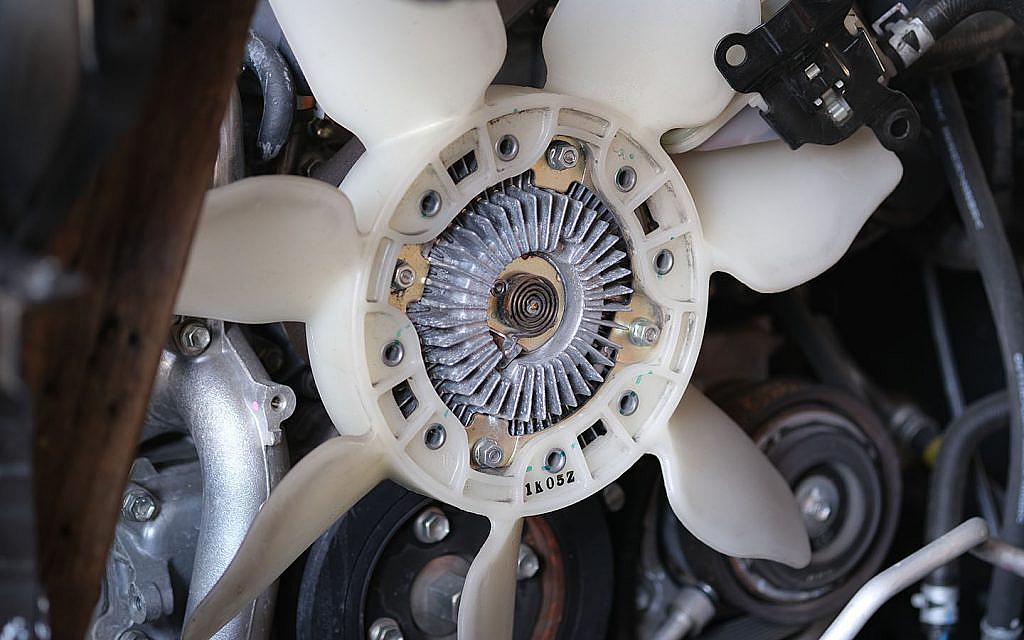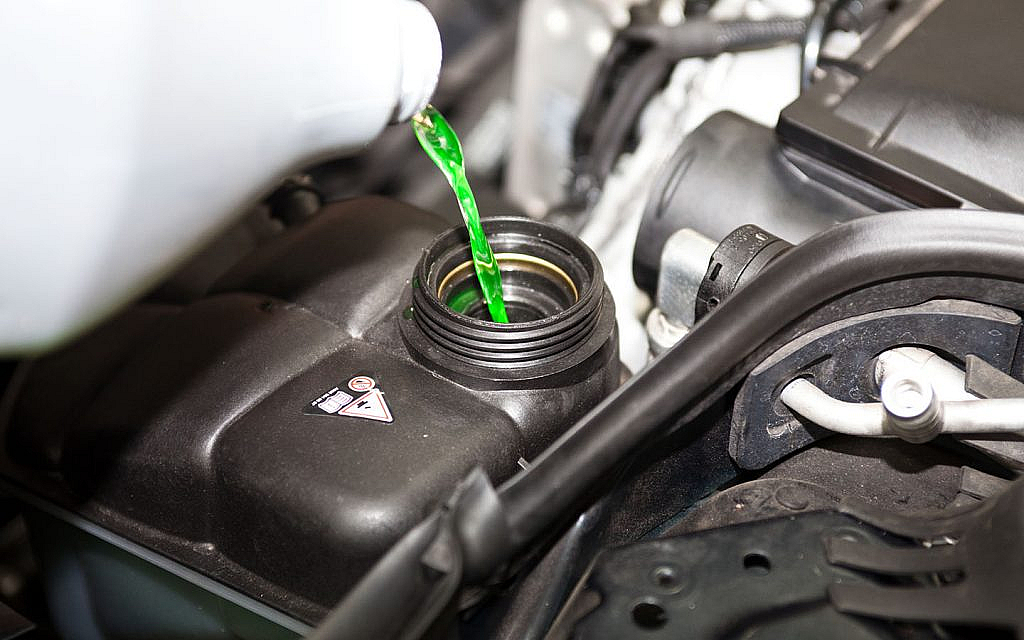
- Air Cooling System
- Liquid Cooling System
- Challenges of EV Cooling Systems
- FAQs
Electric Vehicles (EVs) significantly contribute towards greener and more eco-friendly transportation. Unlike conventional ones, EVs are powered by rechargeable batteries, reducing their tailpipe emissions and harmful impact on the environment. Despite having completely different mechanisms, EVs share similar components with conventional vehicles, like cooling systems. In conventional cars, the cooling system caters to the temperature generated during the combustion process. Whereas in EVs, it is used to regulate the excessive heat generated by batteries, HVAC systems and motors.
Let’s dive a little further into different types of EV cooling systems, their working and their limitations.
Electric Vehicle Cooling System Types
Internal combustion cars use different types of engine cooling systems to regulate the temperature. Similarly, EVs also have varied cooling systems, including air and liquid cooling systems. Both systems serve similar purposes but differ in terms of efficiency and components used for cooling.

Here are the complete details of the different types of EV battery cooling systems and their functioning.
Air Cooling System
As evident from the name, the air cooling system utilises air from the environment to cool down the battery temperature. The principle of convection is used in the air cooling system, where cool air enters the car, circulates around the battery system and exits from the car.
Since air has low conductivity, the air cooling system is considered less effective. The system is capable of dissipating only a few hundred watts of heat. To increase the efficiency, some manufacturers install an active cooling system that includes fans, heat sinks and cooling liquid.
Liquid Cooling System
A liquid cooling system uses a liquid coolant like refrigerant or glycol-based coolant to maintain the car’s temperature. The liquid cooling system consists of pipes, a reservoir, a radiator and a pump. The coolant is pumped in the pipes that are wrapped around the battery system and other components that generate heat. The coolant travels through these pipes, absorbing heat and then returning to the car radiator for cooling down.
The process continues until the car engine is running. In some liquid cooling systems, the dielectric coolant is used that comes in direct contact with the battery cells. This type of liquid cooling is more effective but less safe. That said, it is rarely used in passenger EVs.

Unlike conventional vehicles, coolant in EVs does not require regular maintenance and can run up to 5 years on one change. In fact, some brands claim that their coolant is enough for a lifetime, exempting drivers from changing it.
Challenges of EV Cooling Systems
The cooling system is significant for electric car battery maintenance, ensuring optimum performance. However, there are certain limitations and challenges of these cooling systems that need to be considered.
Leakage
The pipes used in the liquid cooling system are prone to damage. Even the slightest leakage in the pipes can cause coolant to drip, reducing the coolant level gradually. Driving on a low coolant level is not advised as it can lead to some major car problems. In conventional vehicles, driving on low engine coolant levels can cause issues like engine overheating and head gasket leakage.
Corrosion and Clogging
Corrosions and clogging are common problems associated with liquid EV battery cooling methods. Driving with old glycol-based coolant can cause corrosion and clogging in different parts of the system. It is recommended to change the coolant as instructed in the car owner’s manual.

Extreme Temperature
EVs are affected by weather, impacting their overall performance and efficiency. The cooling system in modern cars is capable of dealing with extreme temperature changes, but its working can be affected. For instance, in the extreme heat of the UAE, the air cooling system will absorb hot air from the environment, limiting its cooling capacity.
Ageing
The battery performance deteriorates with the ageing of the vehicle. As batteries get older, a major portion of energy is lost in terms of heat. The increasing heat emissions cause stress on the cooling system, leading to frequent repair shop trips.
FAQs
Do EVs have cooling systems?
Yes, there are different types of EV cooling systems used to regulate the excessive heat generated by car batteries, transmission and other systems. Aside from a cooling system, some EVs also have a preconditioning feature that helps in regulating car temperature.
Which cooling system works best in electric vehicles?
Both air and liquid cooling systems come with their own pros and cons, but liquid systems are preferred. This is because the air cooling system is less effective in hot and humid climates like that of the UAE.
Do I have to change the EV coolant?
It varies from vehicle to vehicle, some manufacturers claim that their coolant is enough for the car’s lifetime. Whereas others recommend changing it, generally after five years.
This was all about different types of EV cooling systems that are currently being used. Continuous improvements and the inclusion of customer-centric features are preparing electric cars for the future of transportation. These vehicles are cleaner and cause less strain on the environment. If you are still driving your old conventional vehicles, it’s time to switch. Browse through these used cars for sale in the UAE and choose an appropriate electric car.
Besides, if you are specifically looking for an electric SUV, here are the top electric SUVs in the UAE that you can opt for.
Stay tuned to dubizzle’s auto blog for more information on EV cooling system classification.